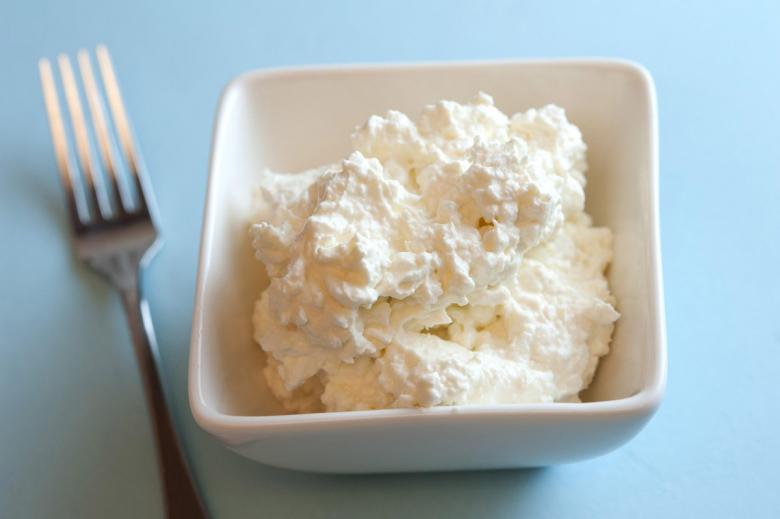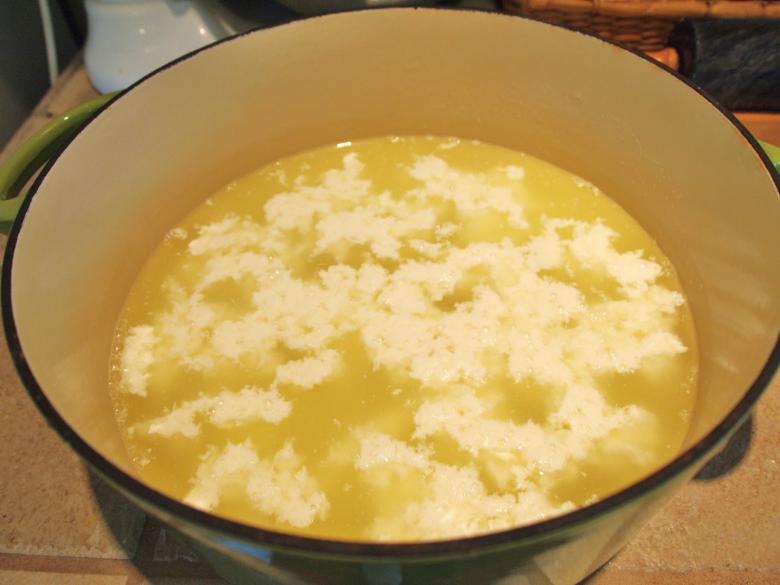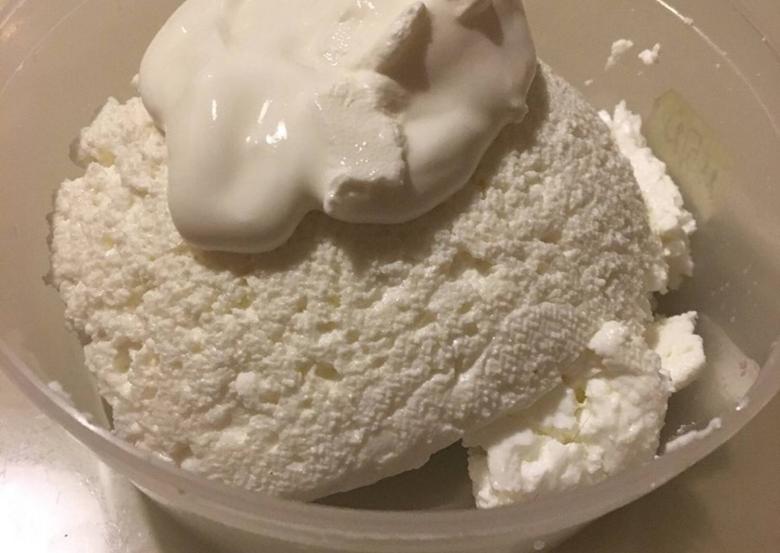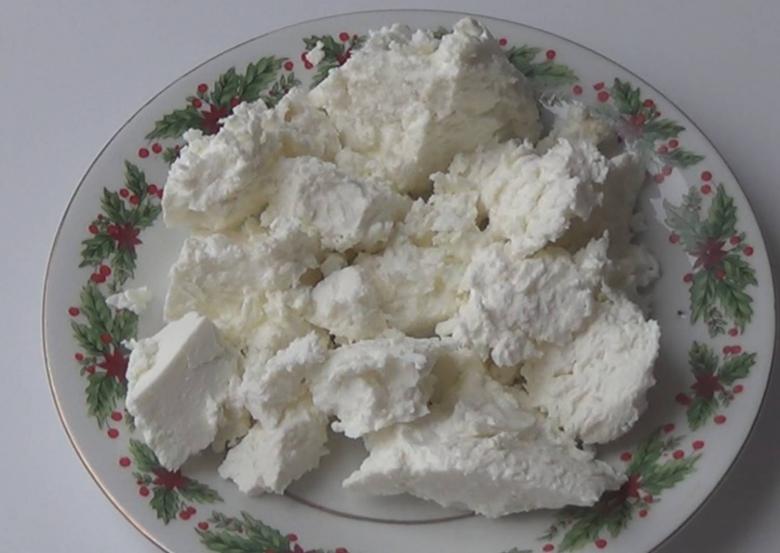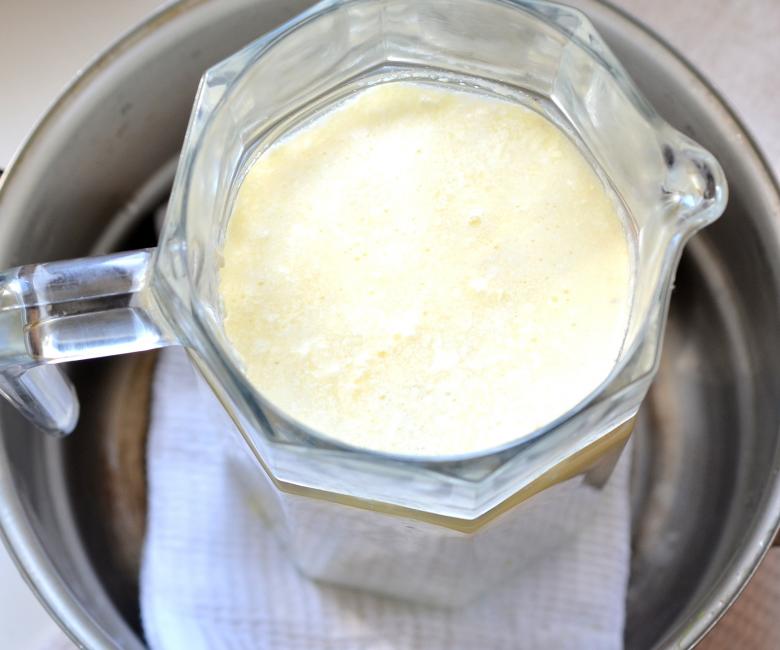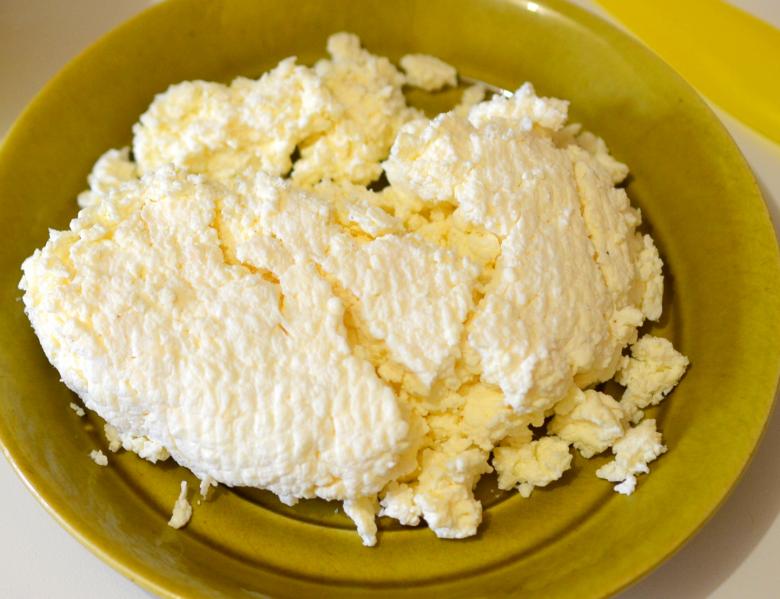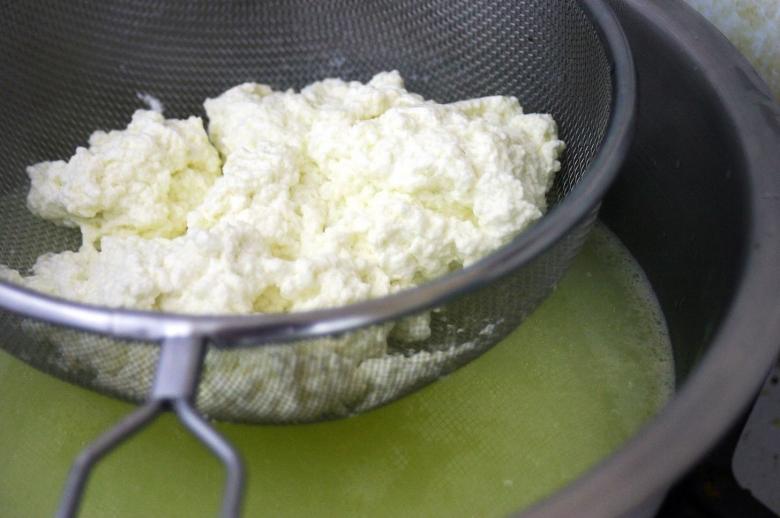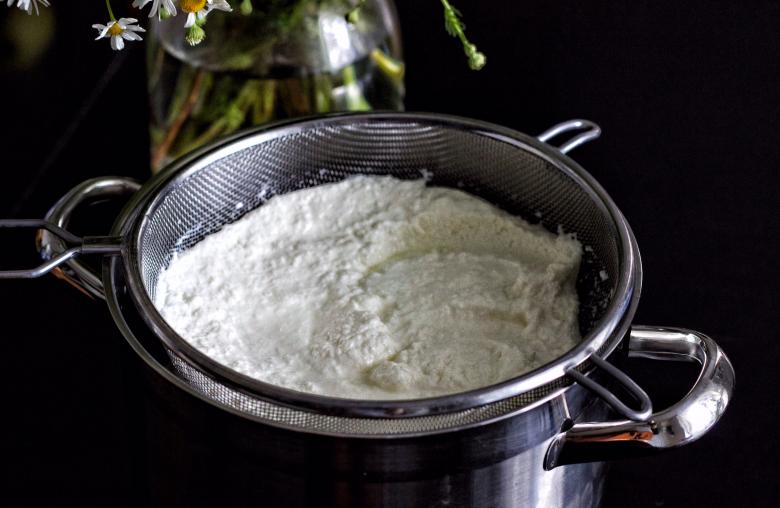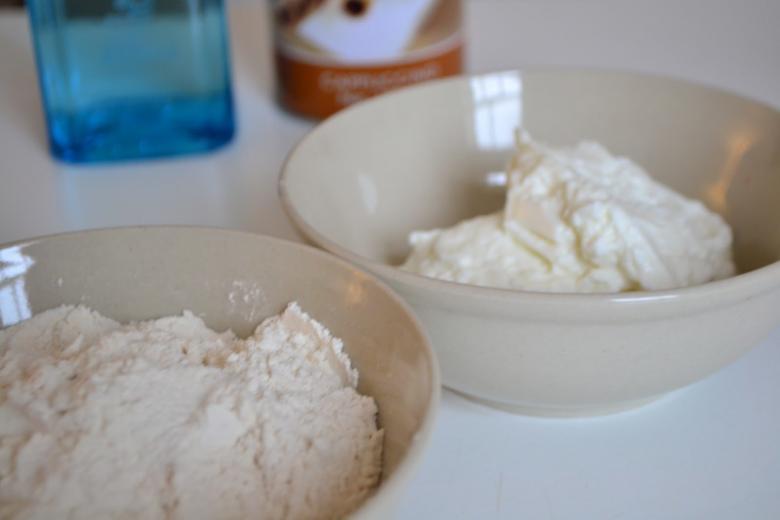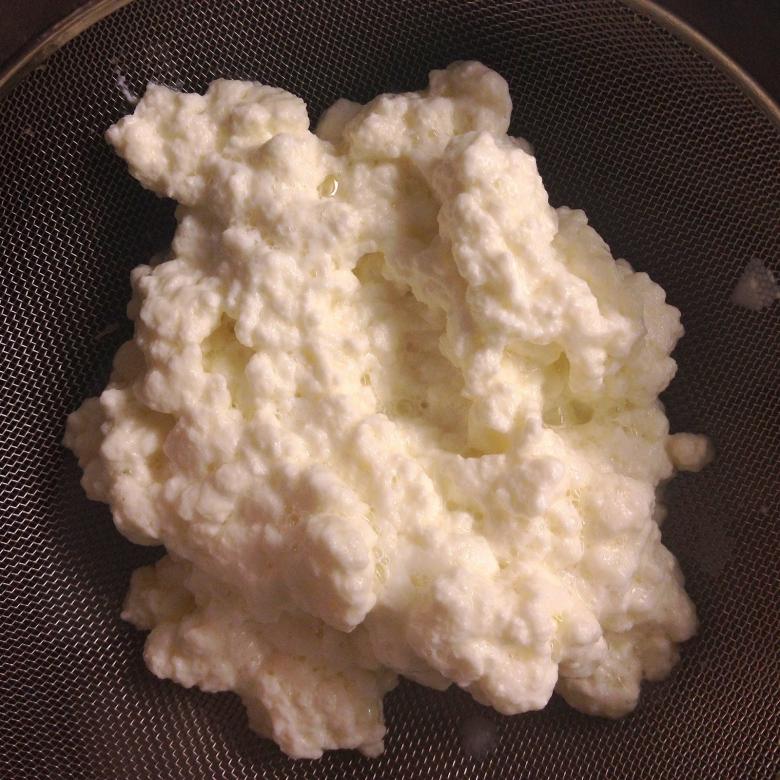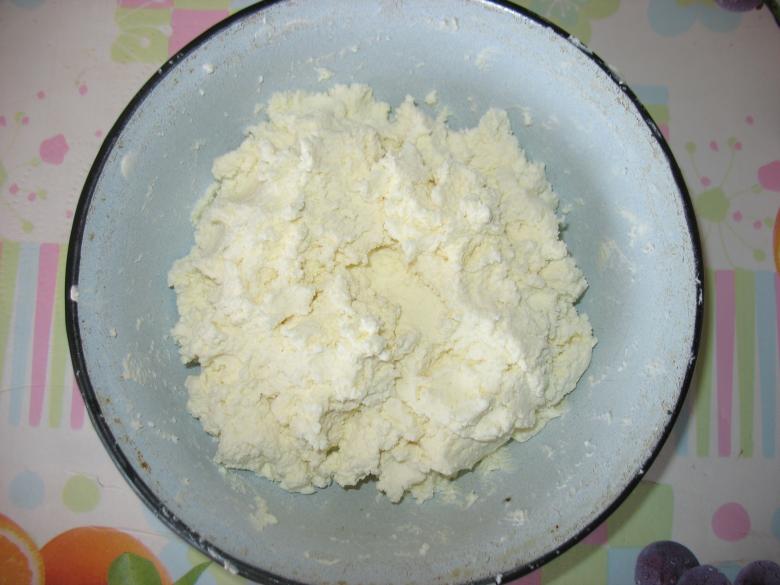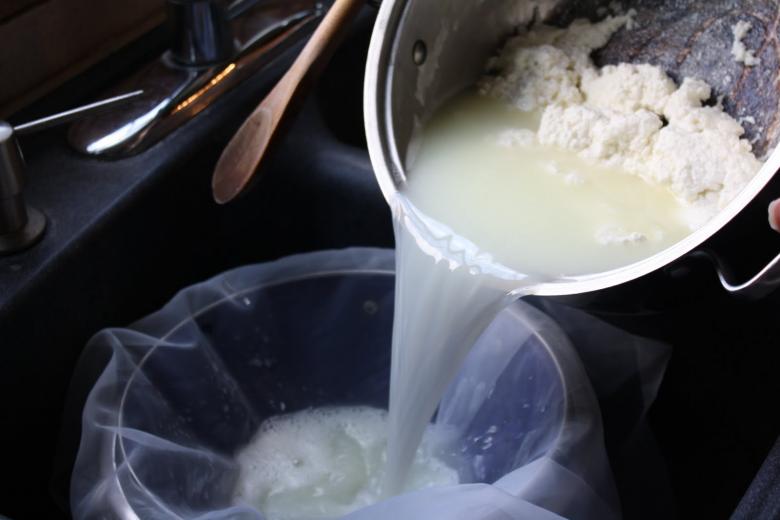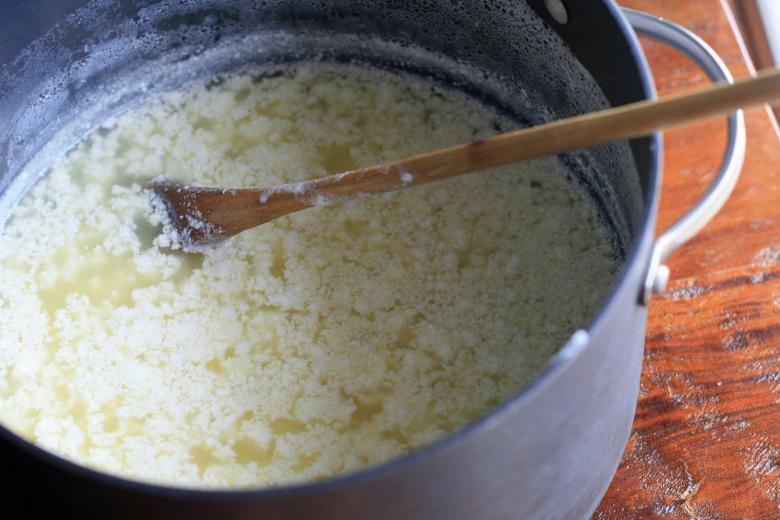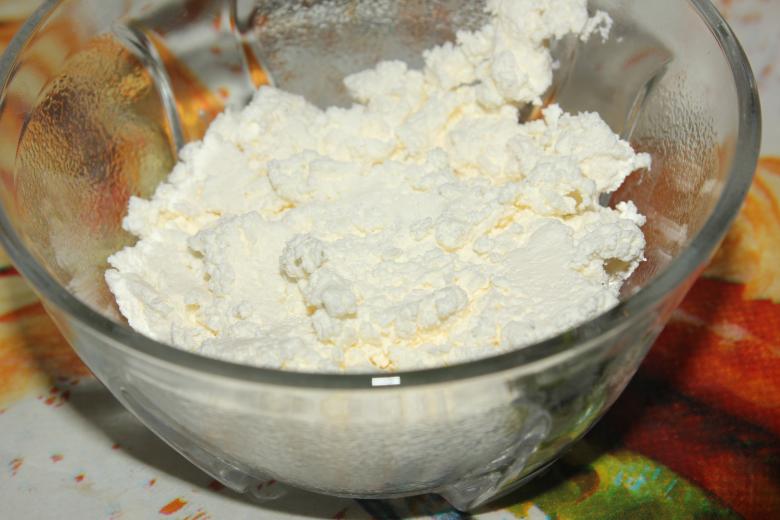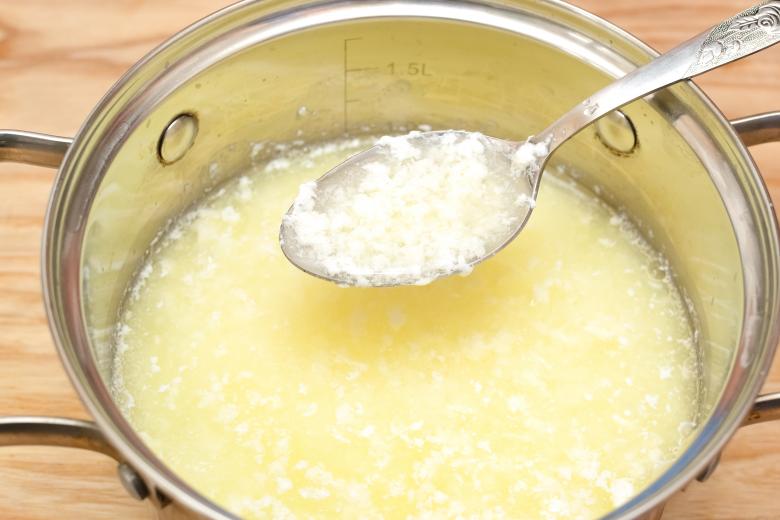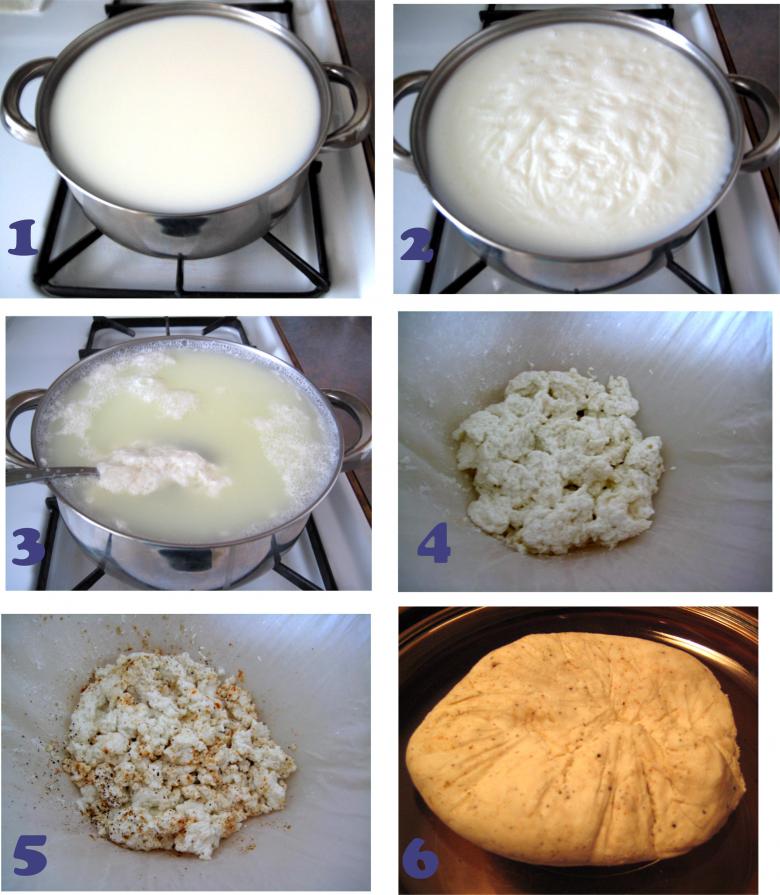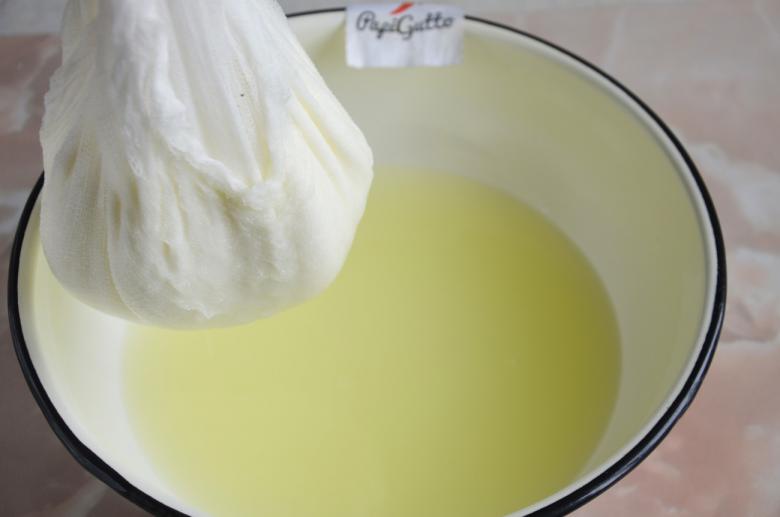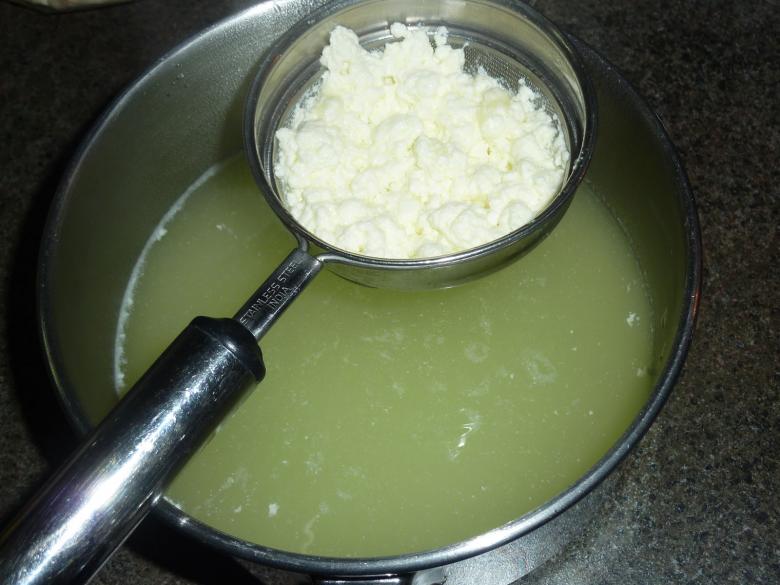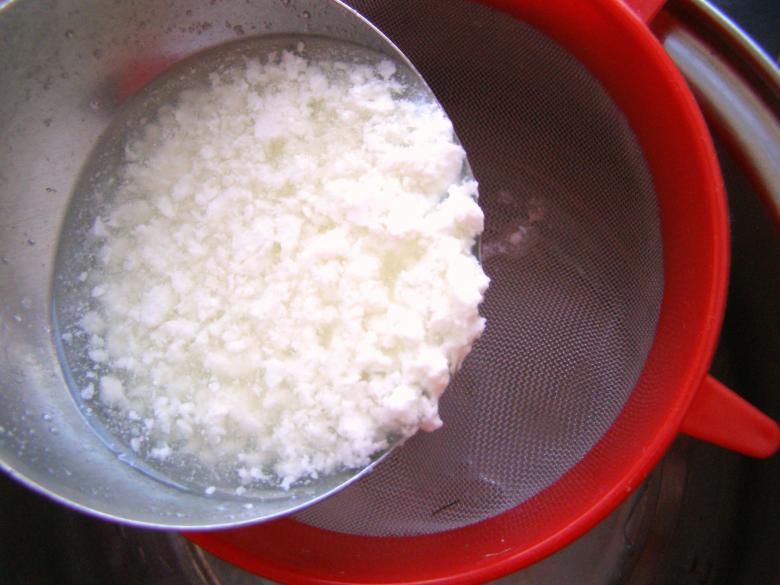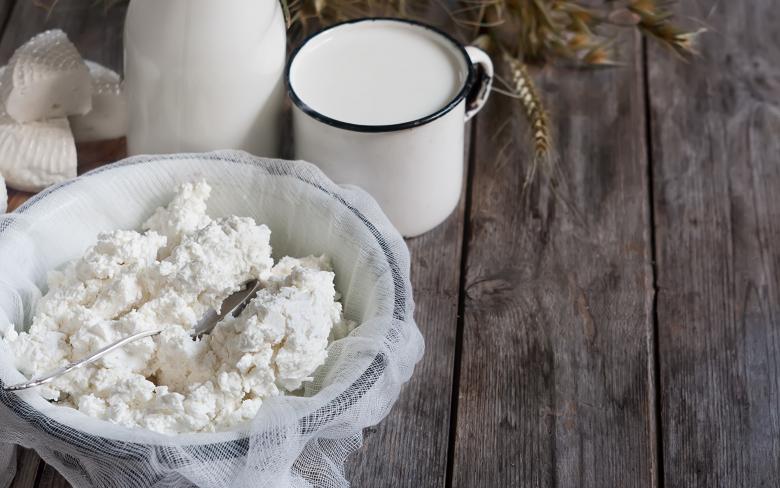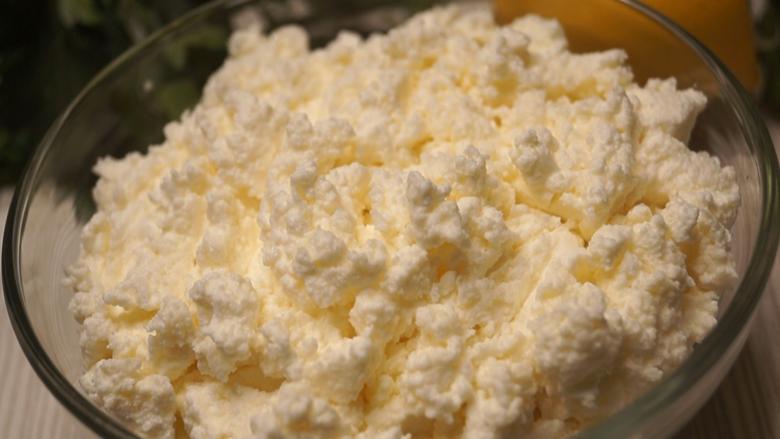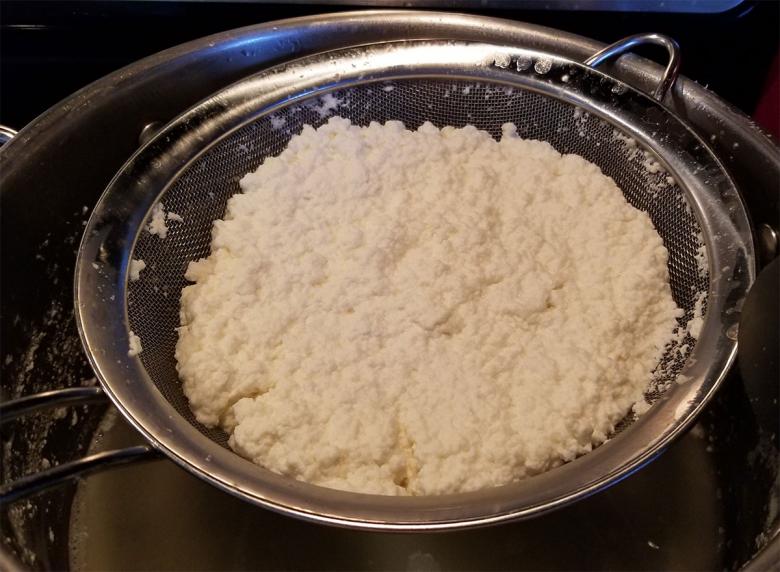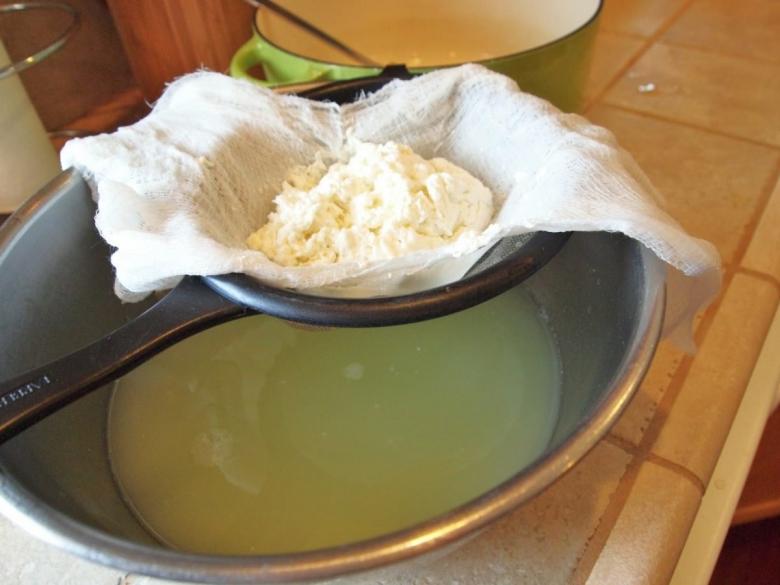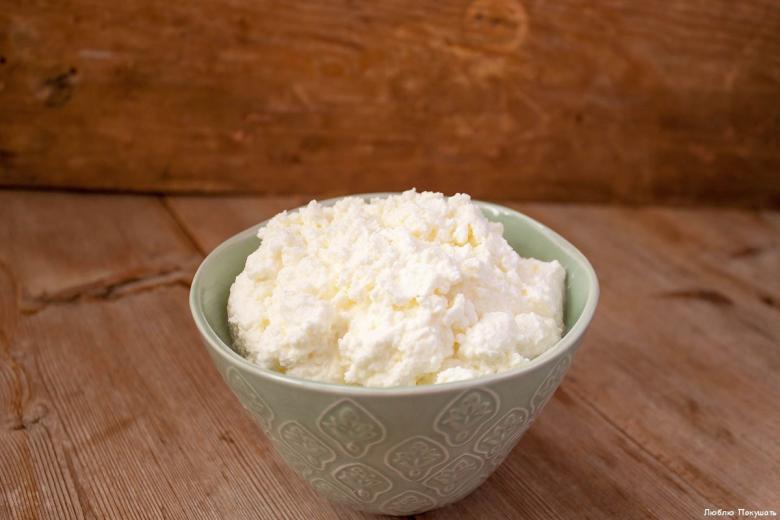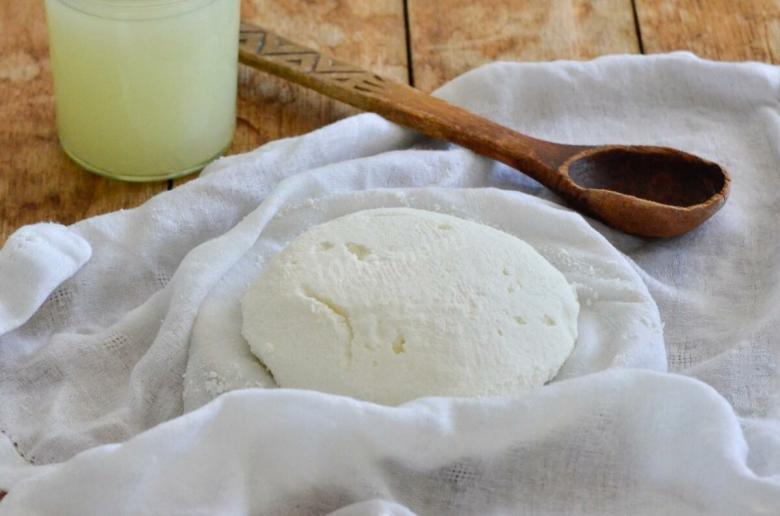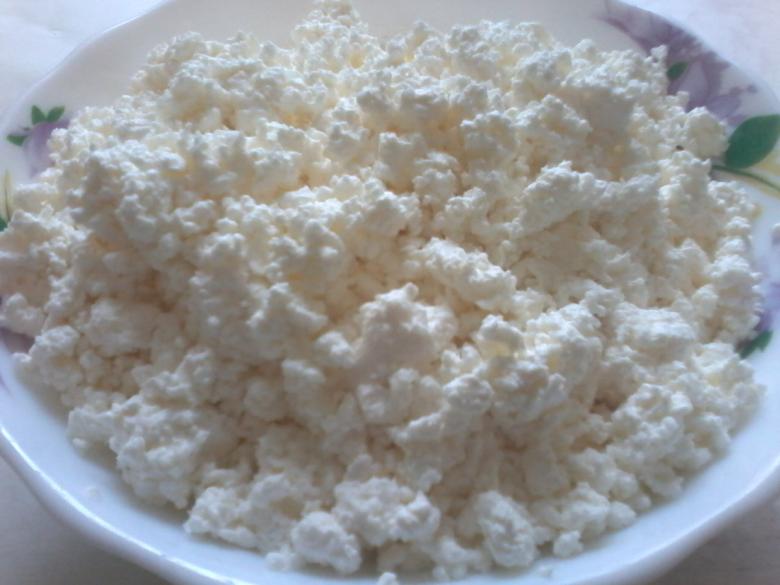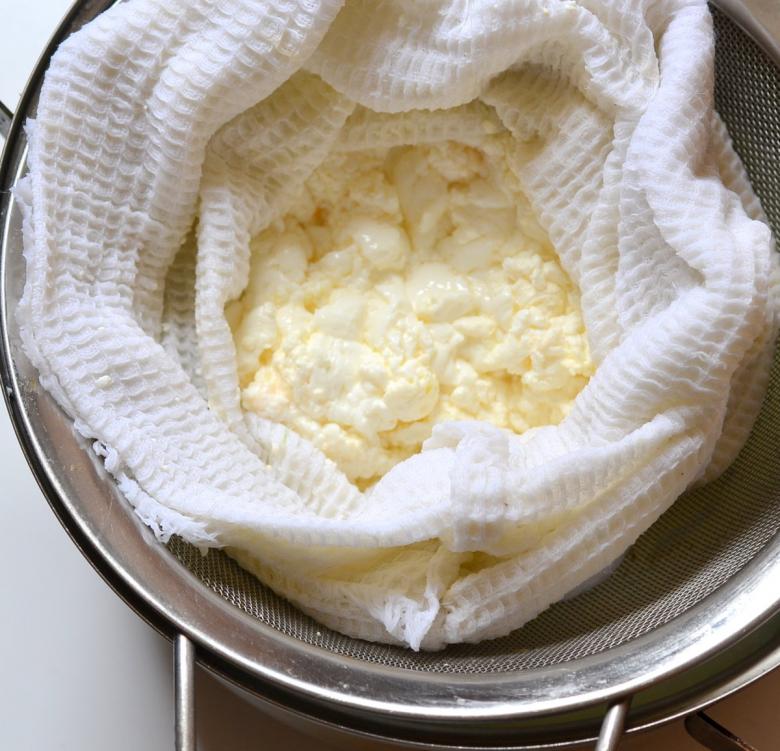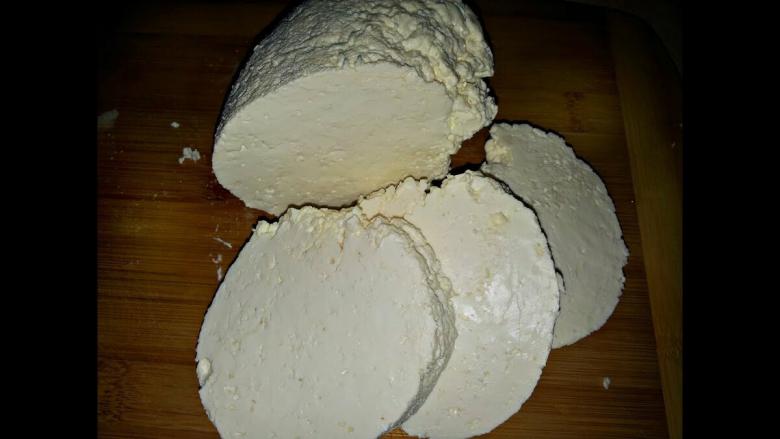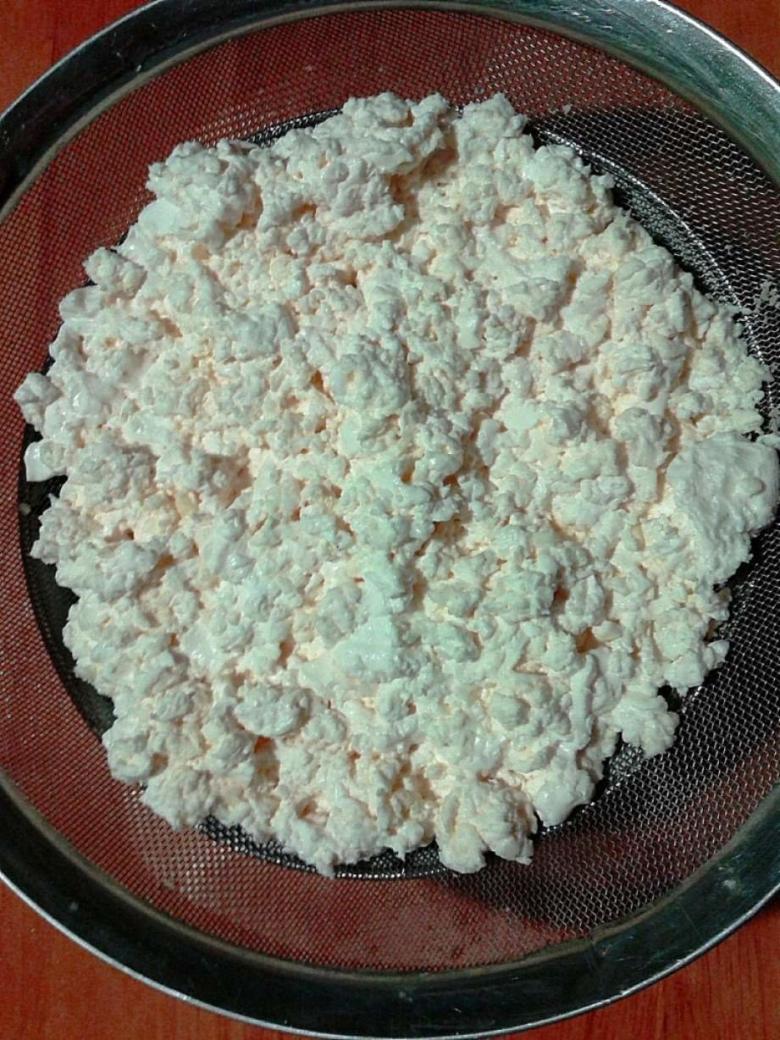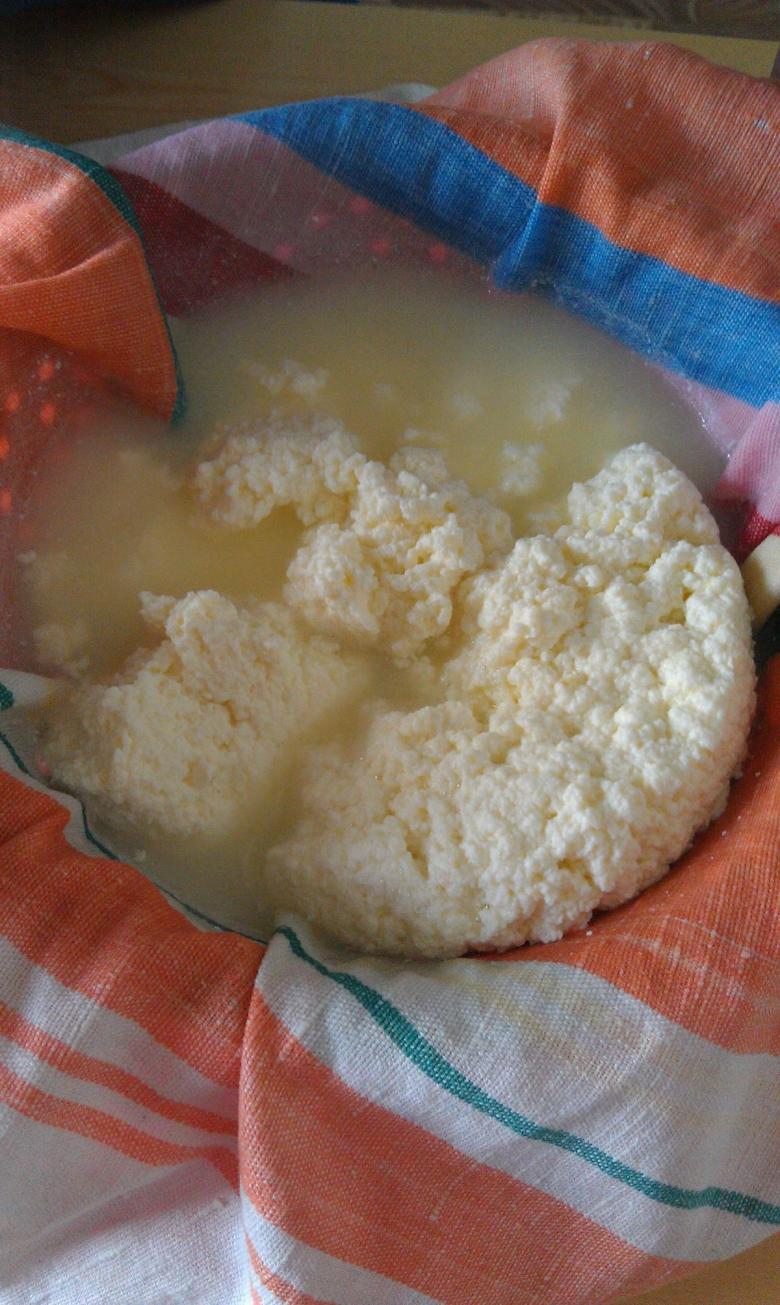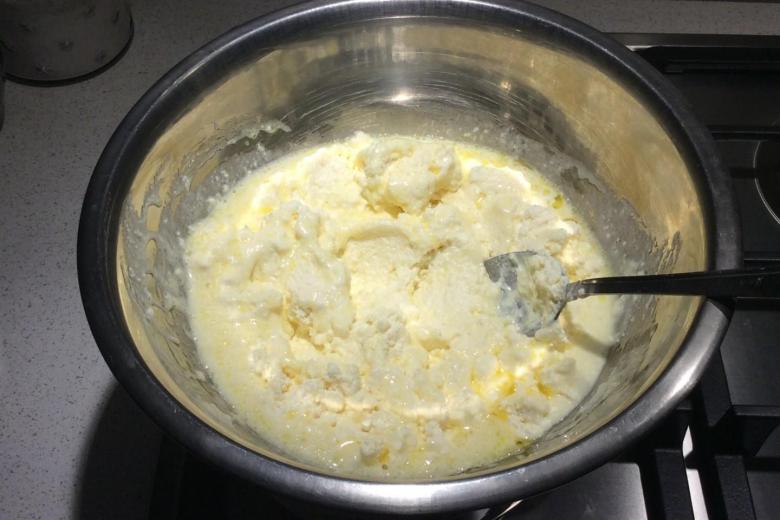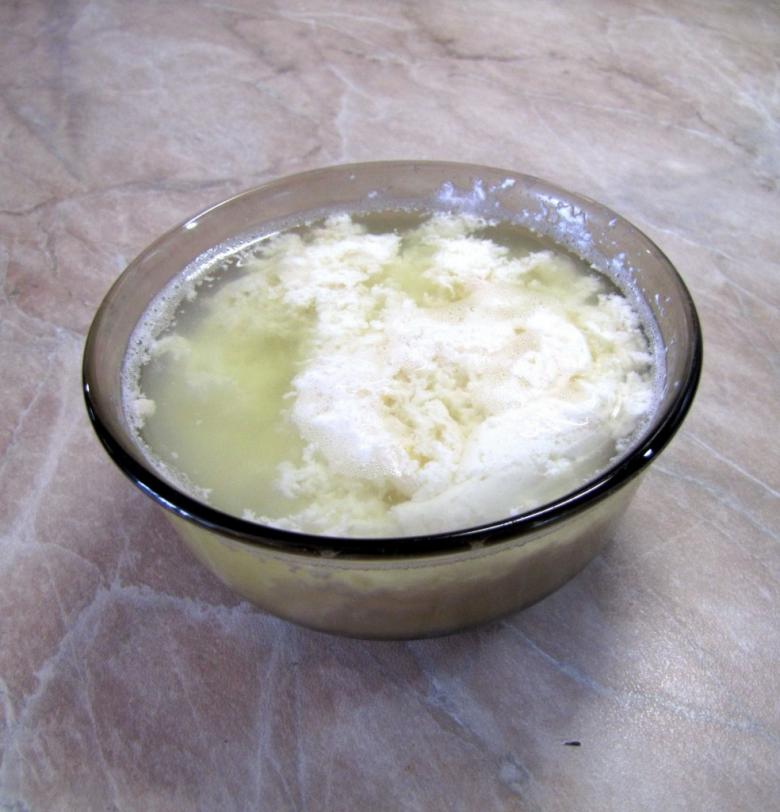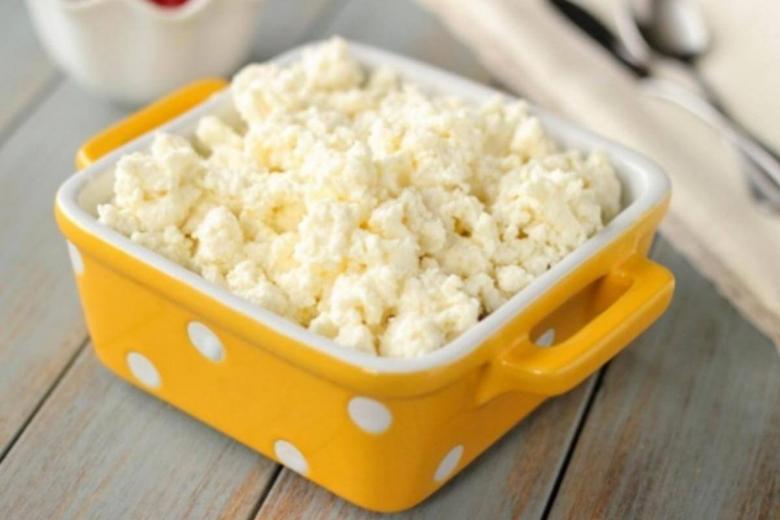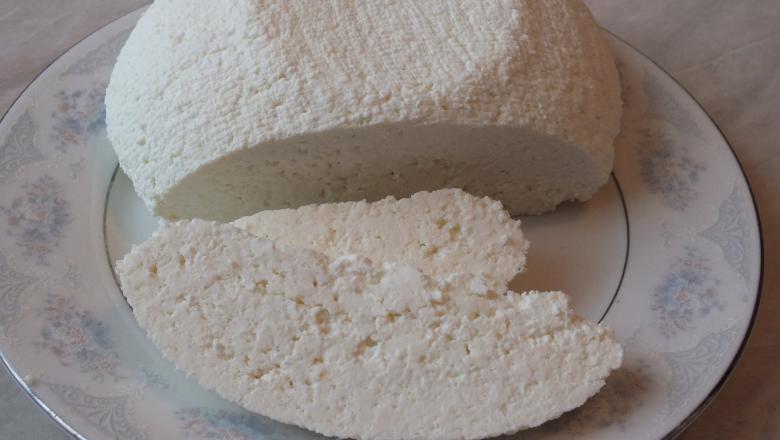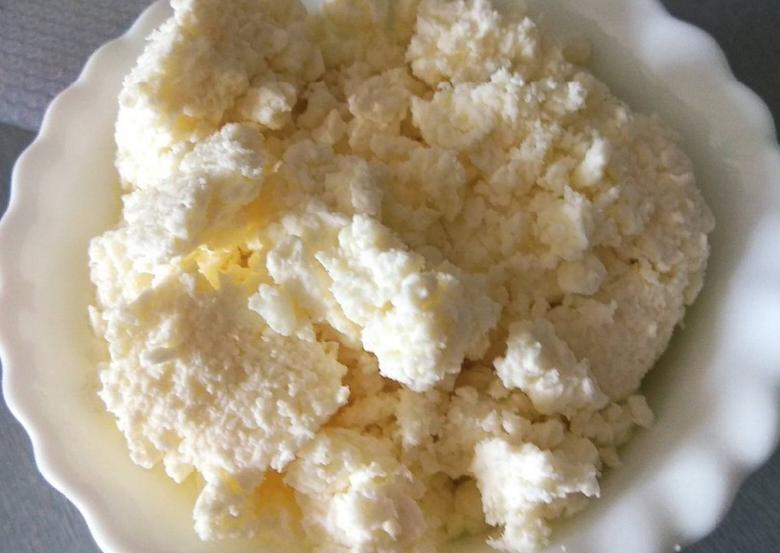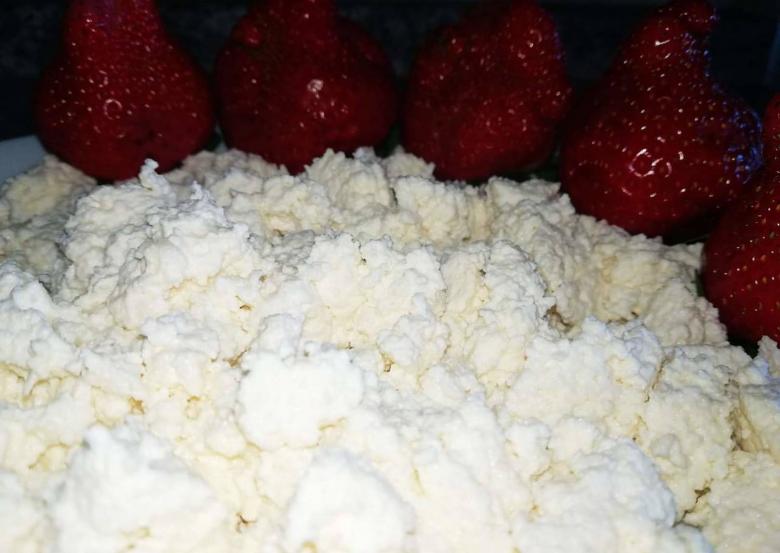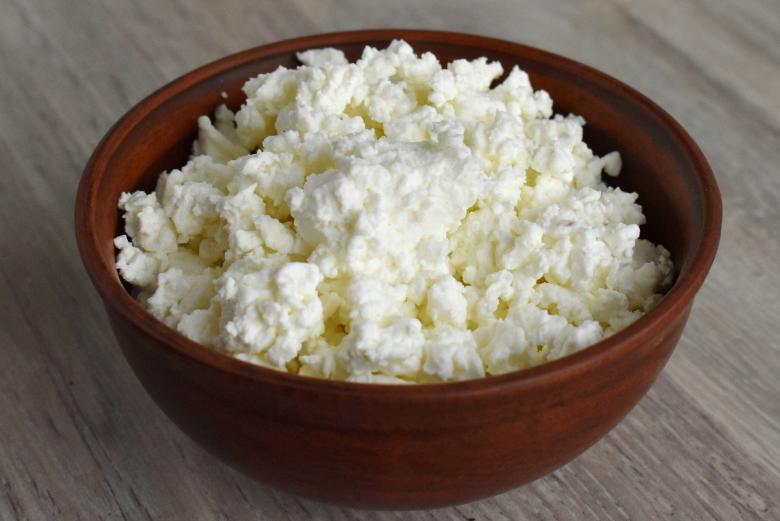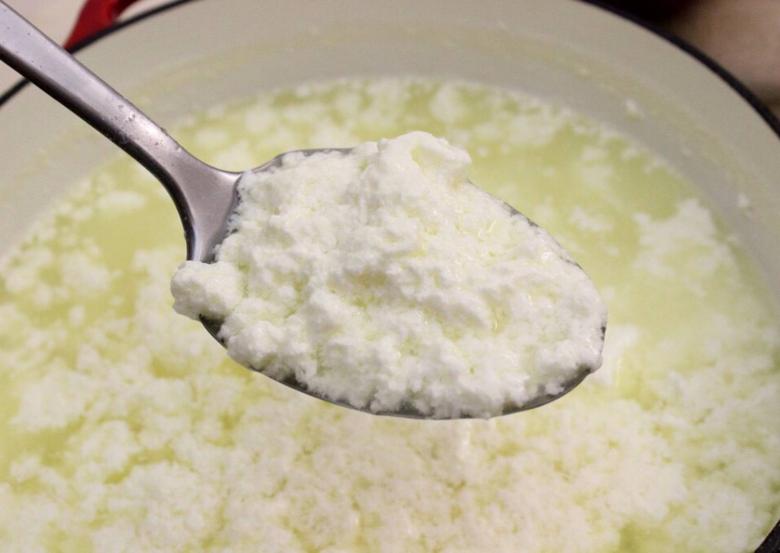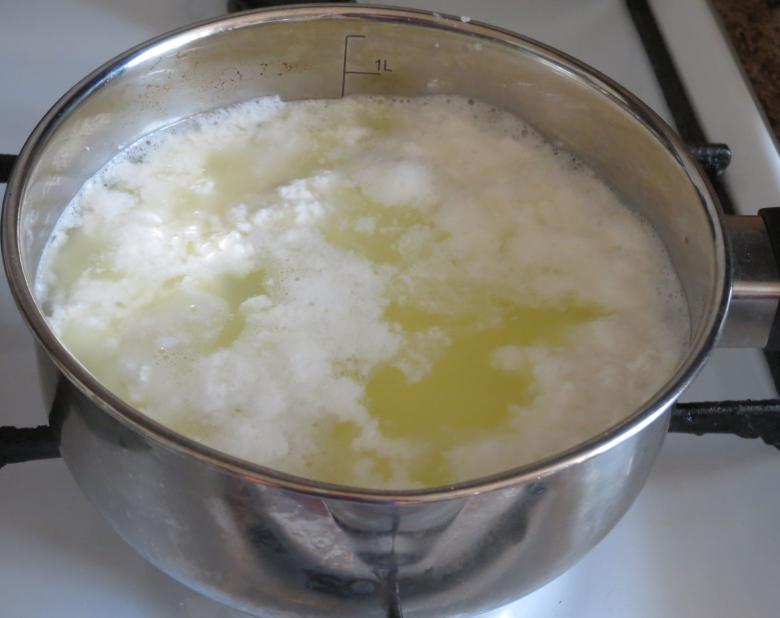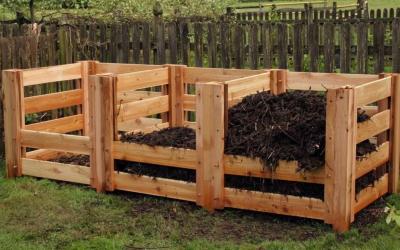How to make cottage cheese from milk - the secrets of making technology and features of the best recipes
Home-made cottage cheese is always tastier than from the store, in addition, it is an opportunity to use fermented milk and products that you no longer want to eat, and as fillers for the curd mass they will be very handy. Almost everyone knows how to make cottage cheese from slightly sour milk, but you can also make it from fresh, and from quite sour. And goat's milk curd is also very tasty and healthy.
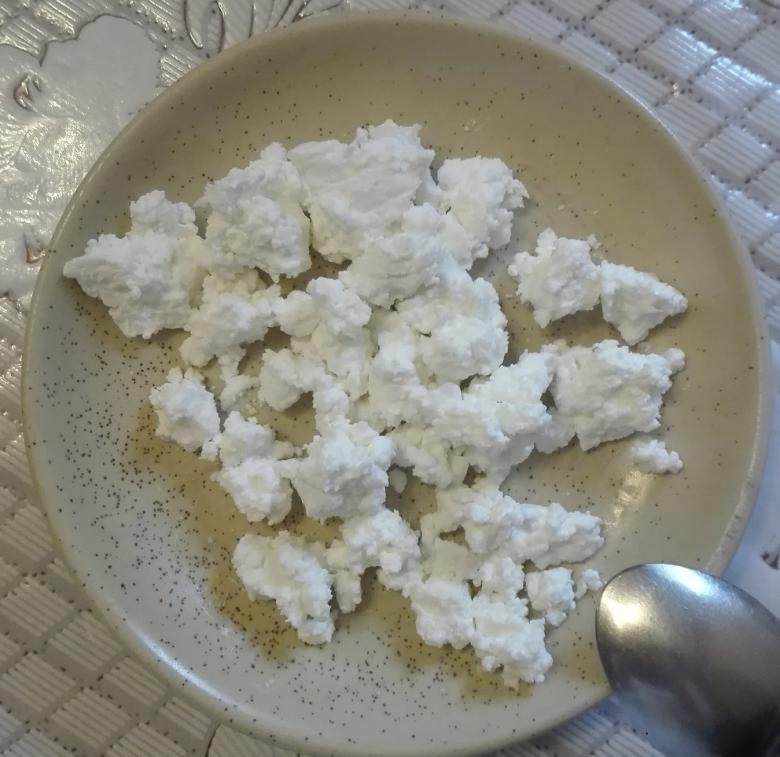
A little bit about the technology of making cottage cheese at home and some tips
Cottage cheese can be obtained in two ways - cold and with heating. The taste and consistency of the finished product will differ - the first turns out more delicate and without sourness, the second - grainy, with a characteristic sour taste.
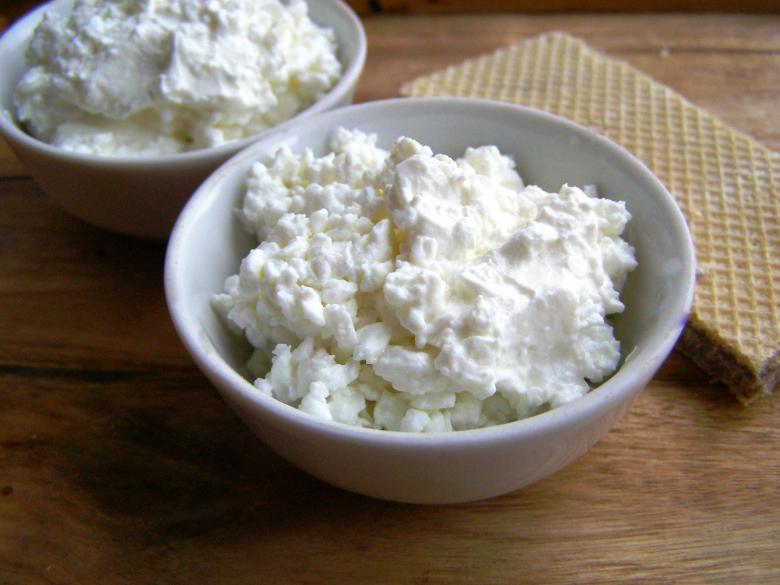
By heating the curd is cooked by pouring the mass directly into the pan, or in a water bath. The method of cooking will not affect the taste and consistency - every housewife does as she feels more comfortable.
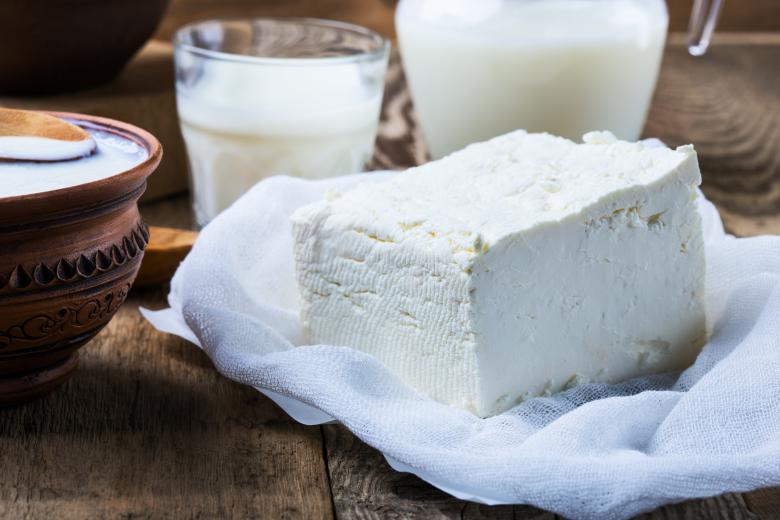
You can make cottage cheese from fresh (country) milk and from what is sold in conventional stores. Steamed milk ferments faster, the cottage cheese is more fragrant - it smells of nature, grass, cow - it is a pleasant aroma, not the smell of manure.
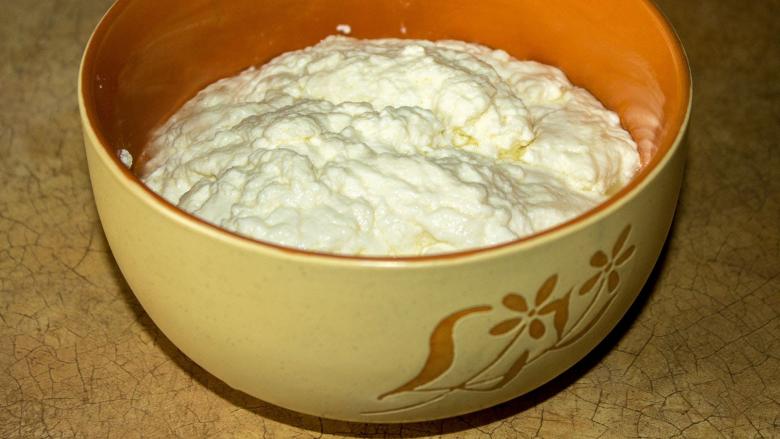
If you do not have the task of making diet cottage cheese, it is better to take milk of high fat content. Also, do not buy cheap - in fact, a quality dish is obtained only from quality products.
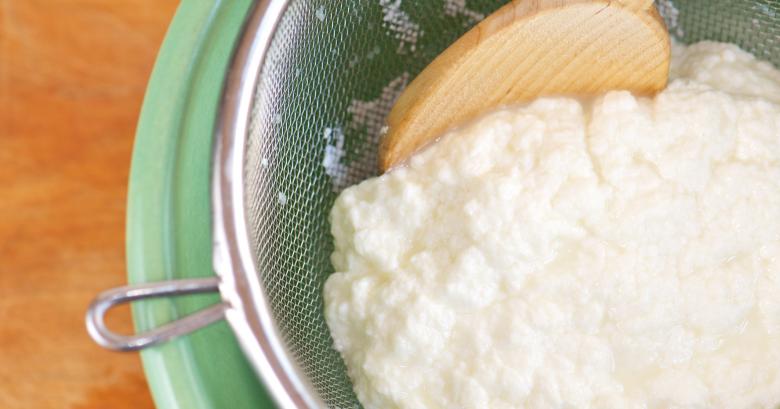
Useful tips
- To cook curd by heating it, you should not take enamelware - it can burn the milk. A burnt taste will spoil the curd completely. You should use aluminum or stainless steel pots.
- To strain the whey from the cooked curd, the mass should be poured into a colander, lined with several layers of gauze cloth.
- For the curd to be crumbly - seed to seed, and dry, after draining the main volume of whey ends of the gauze should be tied, a little squeeze the mass and leave it in the gauze in a hanging state for six hours. This way extra moisture will completely evaporate from the cottage cheese.
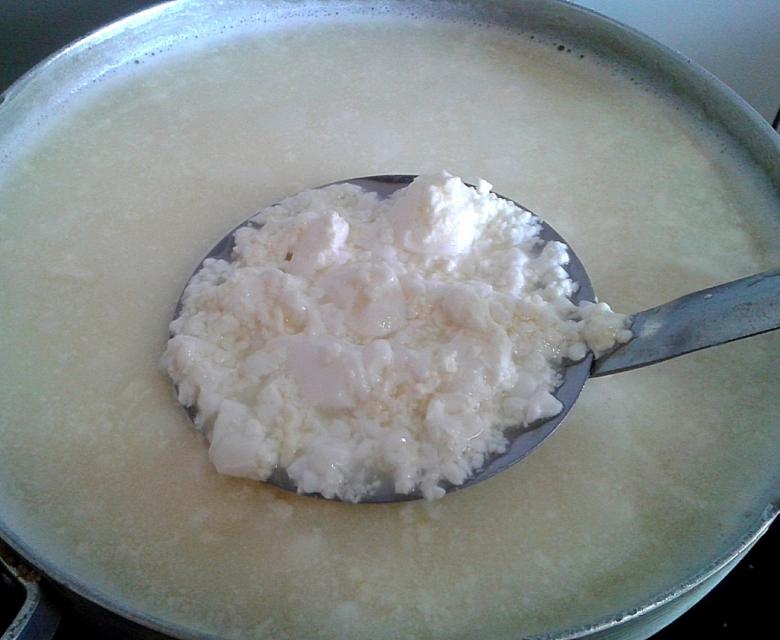
Storing cottage cheese no longer than four to five days in a refrigerator or cellar in a glass (or enamel or clay) pot. To during this time it is guaranteed not to spoil, apply from a common container each time with a clean spoon.
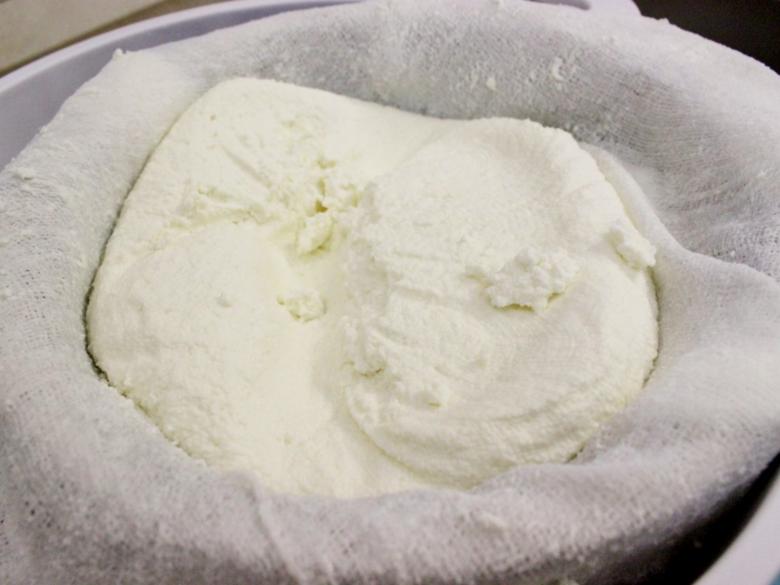
Affordable recipes for making cottage cheese at home
All of the recipes below are basic, suitable for farm (fresh) milk, and for store milk - any fat content. Everything is done very simply, the main thing is to follow the recipe exactly: the layout of ingredients and cooking time at each step. Later, with practice, you can add your own "twists" to the recipe.
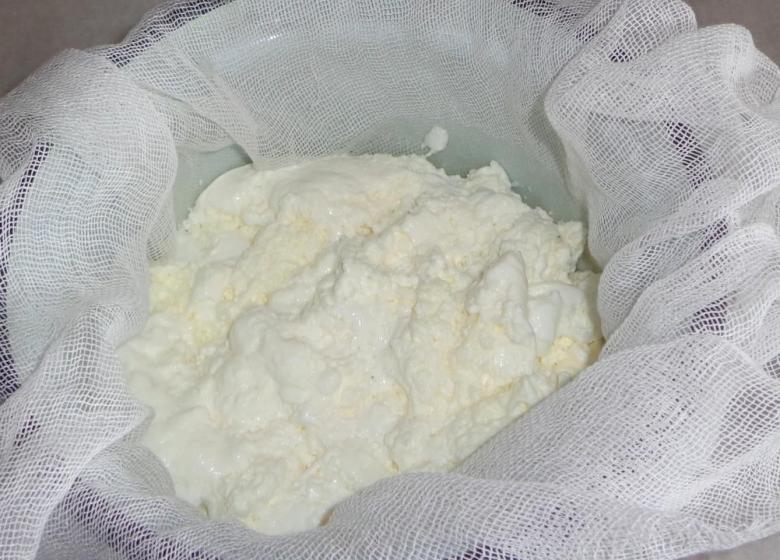
The "cold" method
This recipe will come in handy at the cottage and in camping conditions - we don't need any gas or electric stove, or extra cookware. In addition, if there is no refrigerator - underdone milk is not lost, and if someone went for a week with tents in the country, in a nearby village you can buy a can of milk from the locals.
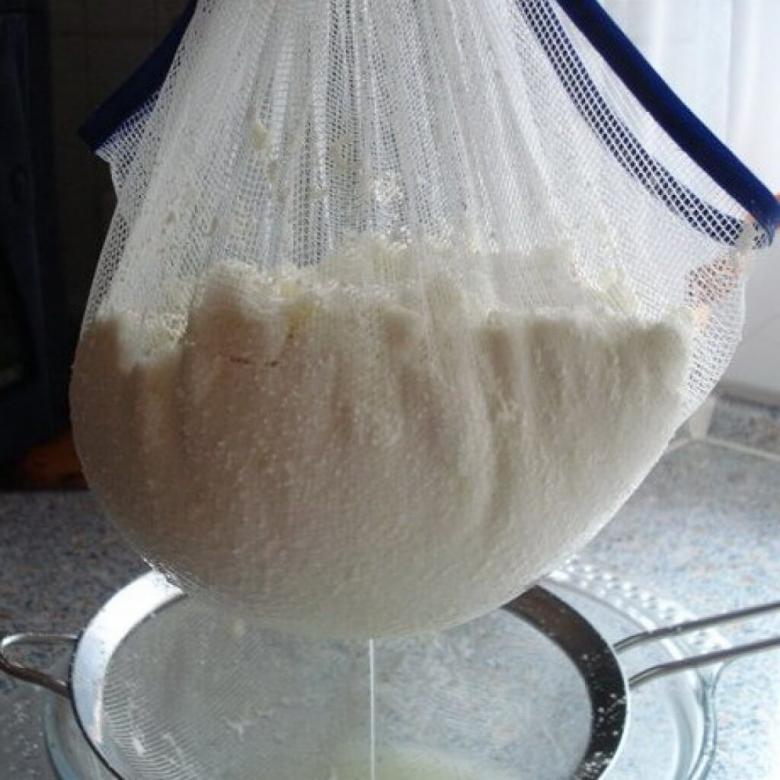
You will need fresh natural (not reconstituted) high-fat cow's milk - 6-8%. Any volume of milk should be left at room temperature or outdoors in the shade for two to three days. When it is completely sour, the fat will collect at the surface of the container in dense lumps.
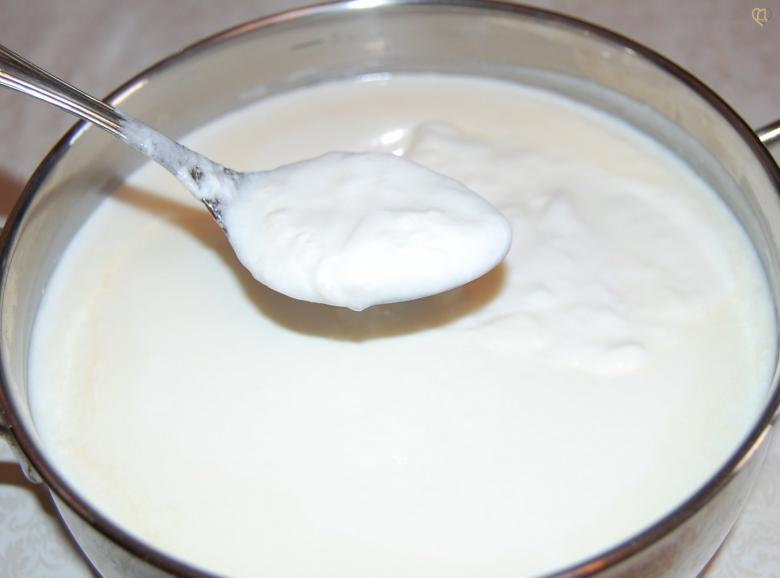
Pour the contents into a bag made of several layers of gauze, let the liquid drain off and squeeze the remaining mass. Such cottage cheese turns out tender and not at all sour to the taste.
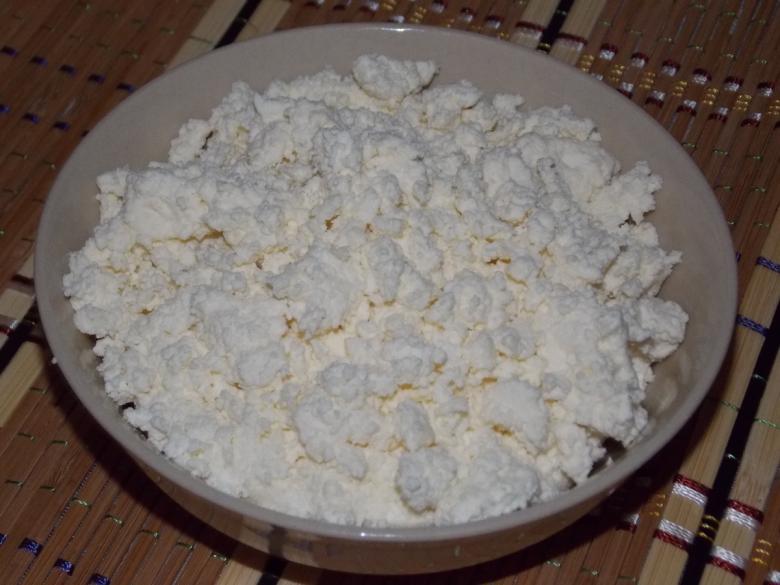
This same recipe is a solution to the problem of using the forgotten milk, which has had time to go sour hopelessly. You don't have to throw the product away or fuss with it at the stove on a hot day. Here's how to make cottage cheese from already sour milk: simply pour it into a colander and wait for the liquid to drain completely, then squeeze the mass through gauze. On the resulting whey you can prepare okroshka or cold summer soup with eggs, sorrel, dill and parsley.
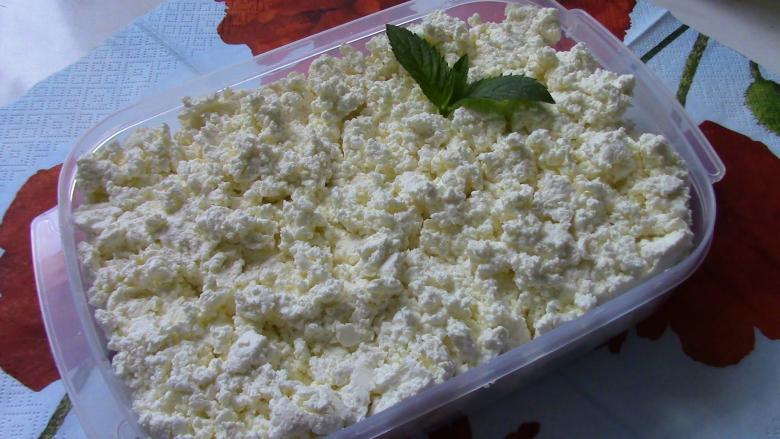
Traditional cottage cheese
Prepared from any volume to calculate the right amount of cottage cheese in the output - from 1 liter of milk 3,2-3,5% fat content, you get about 200 grams.
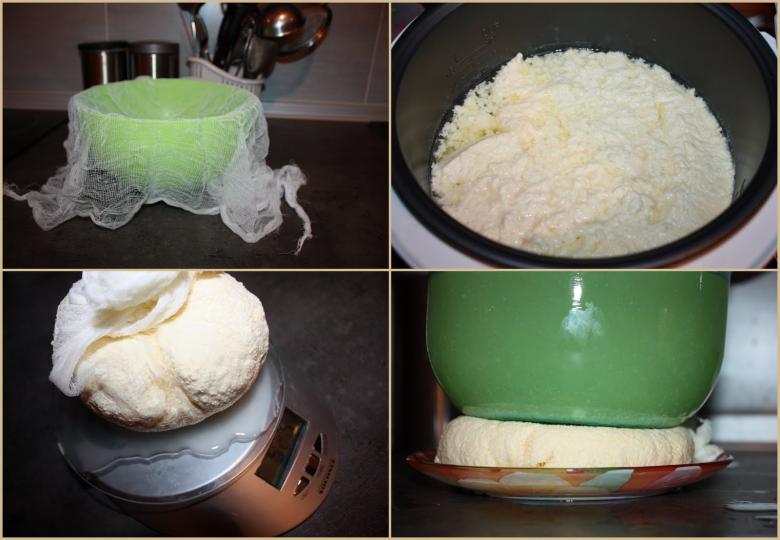
Method of preparation:
- fresh milk in a glass or clay container (do not seal the container tightly - cover the neck with a sheet of paper or a clean cloth) to leave for 1-3 days at room temperature in a dark place until souring;
- To check if it has soured or not, do not stir (readiness is not determined by taste but visually - the contents of the vessel will look like pieces of jelly surrounded by separated liquid);
- Pour fermented milk into a saucepan, put on medium heat, bring to a boil and, without allowing it to boil, reduce the heat to minimum;
- to simmer without cover over low heat, stirring occasionally, for 15-20 minutes until stiff curd clots form;
- The mass remove from the stove, leave to cool for a quarter of an hour, then strain the whey through gauze.
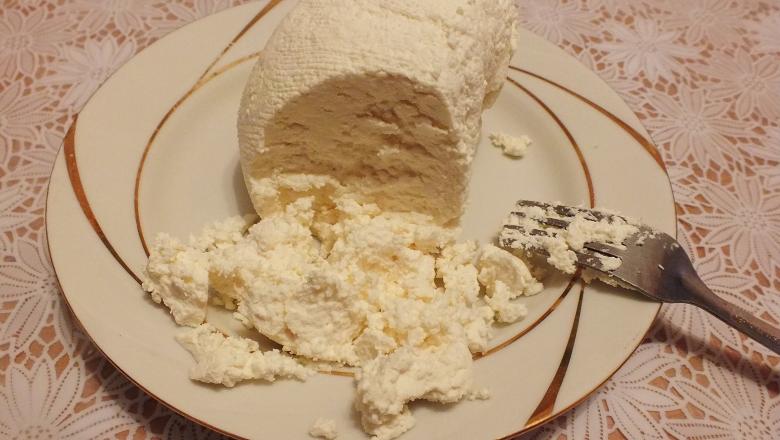
Ready cottage cheese to transfer to a glass or enamel bowl (also suitable earthenware, glazed inside), store in the refrigerator.
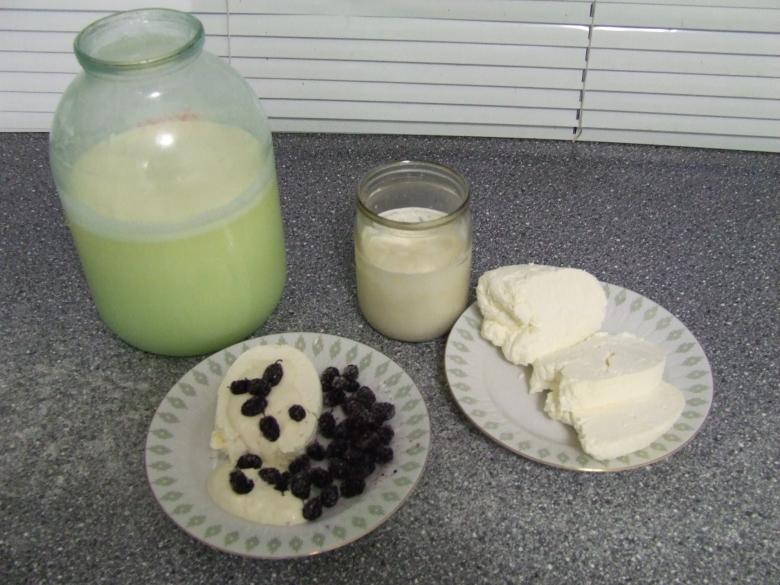
A clever recipe for curd with lemon for those who do not know how to wait
For 2 liters of fresh milk, you will need 1 medium-sized lemon. Store milk will need to be heated slightly to palm temperature - just above room temperature, but it should not be too hot. Bring farm milk to the boiling point (to kill harmful microflora), and immediately remove from the heat and cool to lukewarm.
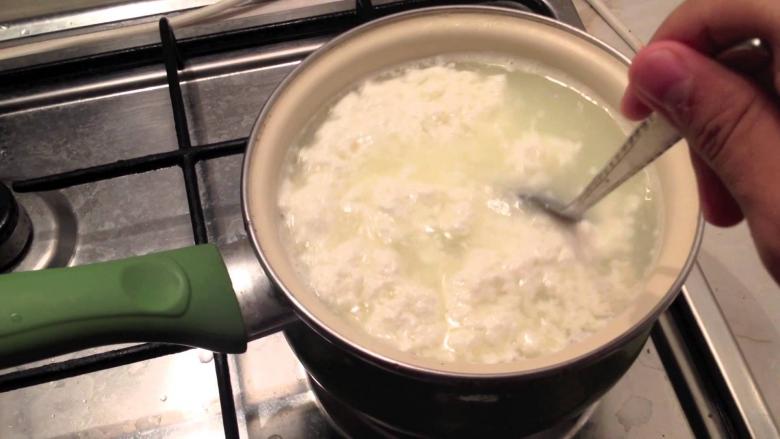
In the warm milk, pour freshly squeezed lemon juice (4-5 tbsp., it is acceptable to substitute table bite) - a trickle of juice during the infusion immediately stir. Put the preparation on low heat - as it heats up, the milk will begin to evaporate literally before your eyes. When the lumps of curd are completely formed, and the whey is separated, let cool a little, drain through a colander and place in a suitable container for storage.
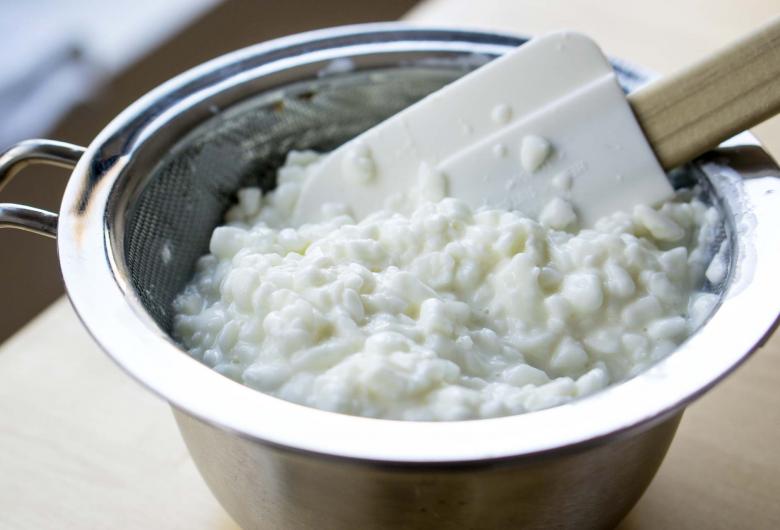
Cottage cheese for toddlers, the elderly, and health-conscious eaters
In addition to cow's milk, cottage cheese can be made from goat's milk - it turns out coarse-grained, soft texture, it is full of calcium and a lot of useful trace elements - for growth and strengthening bones.
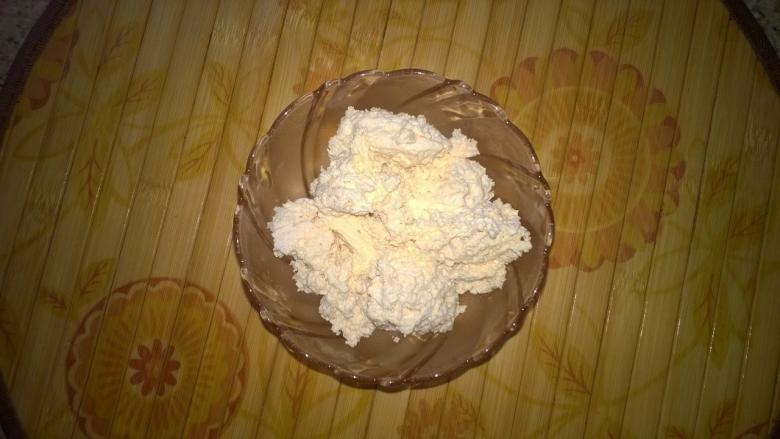
How to make goat's milk curd:
- Leave fresh milk in a dark place at room temperature until souring (it will take about 1-1.5 days);
- without stirring the mass, carefully pour it into a saucepan;
- Heat on low heat, do not stir, when it begins to boil - increase the heat and turn off immediately;
- leave in the pan to cool to room temperature;
- Whey drain through cheesecloth, ready curd transfer to a bowl for storage.

Home-made cottage cheese is delicious on its own, with sour cream and sugar, with herbs and ground red pepper, fresh berries and jam! In fact, its preparation time is only 20-30 minutes, which are needed to bring it to a boil, stew on the fire and whey decanting, but the benefits are many times greater than in the product from the dairy.

